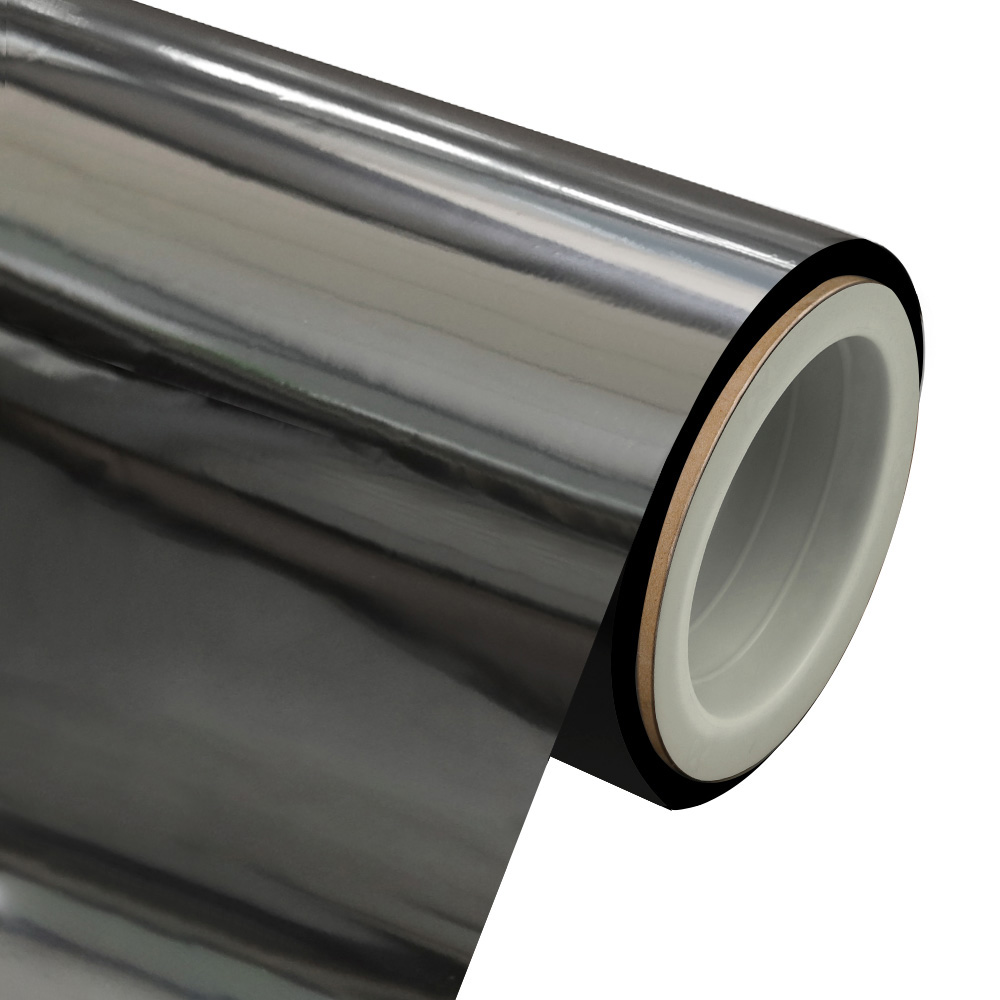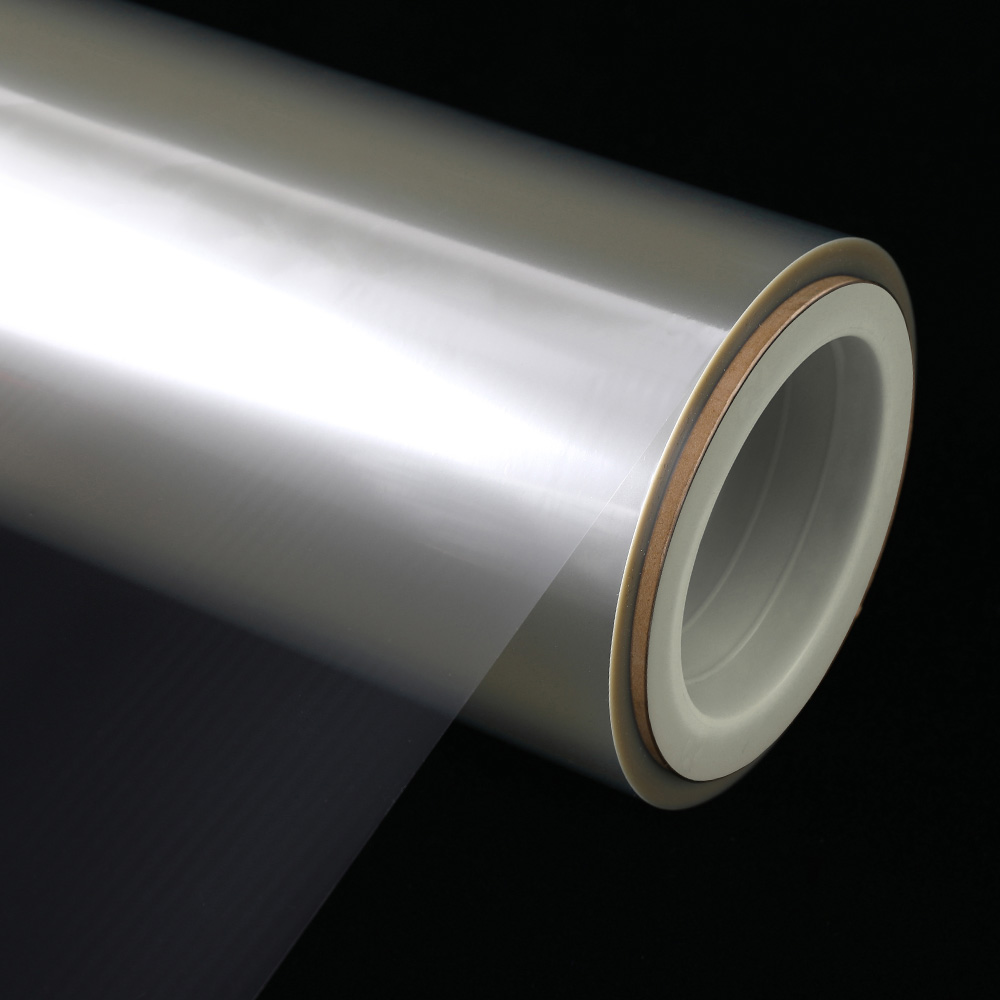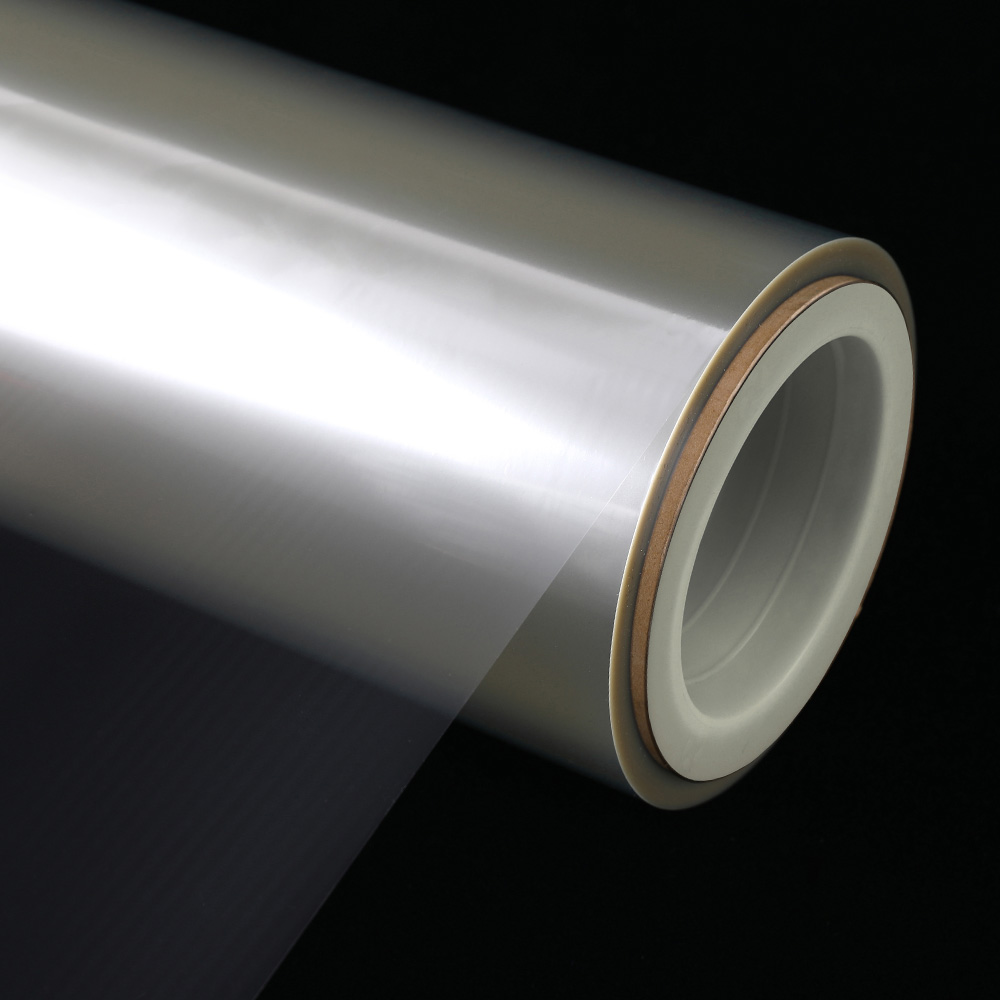How do process parameters work together to create the barrier properties of ALOx PET film?
In the preparation process of ALOx PET film, the performance of the barrier layer is not determined by a single process parameter, but by the synergistic effect of multiple parameters. As the core variable affecting the microstructure of the ALOx layer, the deposition rate is closely related to parameters such as vacuum degree, gas flow rate, and substrate temperature. The synergistic optimization of these parameters has become a key path to break through the bottleneck of barrier performance and achieve efficient production.
The deposition rate directly dominates the growth process and final structural morphology of the ALOx layer. When the deposition rate is too fast, a large number of aluminum particles arrive at the surface of the PET substrate per unit time. These particles do not have time to fully diffuse and react completely with oxygen molecules, so they accumulate on the surface of the substrate. This rapid accumulation causes the ALOx layer to present a loose and porous microstructure. The presence of pores provides a permeation channel for small molecules such as oxygen and water vapor, greatly weakening the barrier ability of the film. Too fast a deposition rate will also cause insufficient bonding between particles, resulting in a decrease in the mechanical stability of the barrier layer, which is prone to peeling or breakage during subsequent processing or use. On the contrary, if the deposition rate is too slow, the production efficiency will be significantly reduced, the equipment operation time will be extended, and the energy consumption and labor costs will increase, which will make it difficult to meet the needs of industrial large-scale production.
The deposition rate does not work in isolation, and there is a complex coupling relationship between it and other process parameters. Taking the vacuum degree as an example, in a low vacuum environment, the gas molecule density is high, and the probability of aluminum particles colliding with gas molecules during the transmission process to the substrate increases, resulting in a deviation in the motion trajectory and a decrease in the deposition efficiency; at this time, if a high deposition rate is maintained, the aluminum particles will be unevenly distributed on the substrate surface, exacerbating the thickness fluctuation of the barrier layer. On the contrary, in a high vacuum environment, the particle free path increases and the deposition efficiency is improved, but too high a vacuum degree may lead to insufficient oxygen molecule concentration, affecting the degree of oxidation reaction of aluminum particles. Therefore, it is necessary to dynamically adjust the vacuum degree according to the deposition rate to ensure effective particle transmission while creating conditions for full oxidation.
The gas flow rate is also mutually constrained with the deposition rate. As a key reactant for the oxidation of aluminum particles, the flow rate of oxygen must be precisely matched with the deposition rate. When the deposition rate is fast, if the oxygen flow rate is insufficient, a large number of aluminum particles cannot be oxidized in time, forming an aluminum-rich defect layer and reducing the barrier performance; while if the oxygen flow rate is too large, although it can ensure sufficient oxidation, the excessive reactivity may cause the surface of the ALOx layer to be rough, and even produce particle agglomeration, destroying the continuity of the barrier layer. In addition, the flow rate of carrier gases such as argon will also affect the excitation and transmission efficiency of particles, and it needs to be coordinated with the deposition rate to ensure that the aluminum particles reach the substrate with appropriate energy and speed.
The influence of substrate temperature on the deposition process is reflected in the diffusion and crystallization behavior of particles. Properly increasing the substrate temperature can enhance the diffusion ability of aluminum particles on the PET surface, making them more evenly distributed and fully reacting with oxygen, which helps to form a dense and well-crystallized ALOx layer. However, when the temperature is too high, the PET substrate may soften and deform, affecting the flatness and mechanical properties of the film; at the same time, too high a temperature will accelerate the desorption of particles and reduce the deposition efficiency. Therefore, when adjusting the deposition rate, it is necessary to simultaneously optimize the substrate temperature to find a balance between promoting particle diffusion and ensuring substrate stability.
In actual production, the coordinated optimization of process parameters depends on precise experimental design and data modeling. Through multiple groups of control experiments, the microstructure and barrier properties of the ALOx layer under different parameter combinations are analyzed, and a parameter-performance relationship model is established to predict the optimal parameter range. Advanced production equipment uses an automated control system to monitor and dynamically adjust various parameters in real time to ensure that the parameters are always maintained in the best coordinated state during the production process. This refined regulation of process parameters enables ALOx PET film to ensure barrier properties while taking into account production efficiency and cost control, providing high-quality materials with stable performance and economical practicality for packaging, electronics and other fields.


 English
English  中文简体
中文简体 





